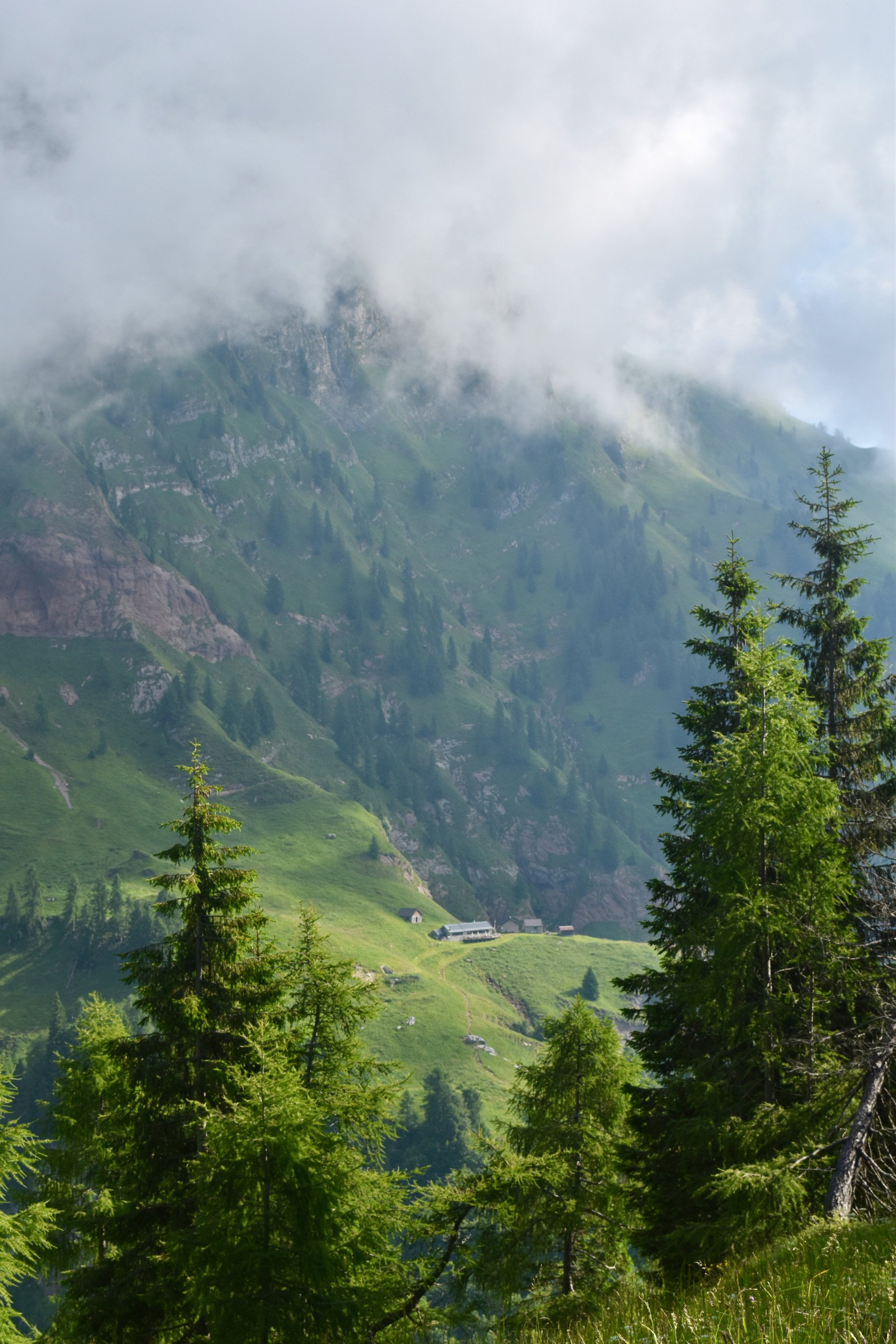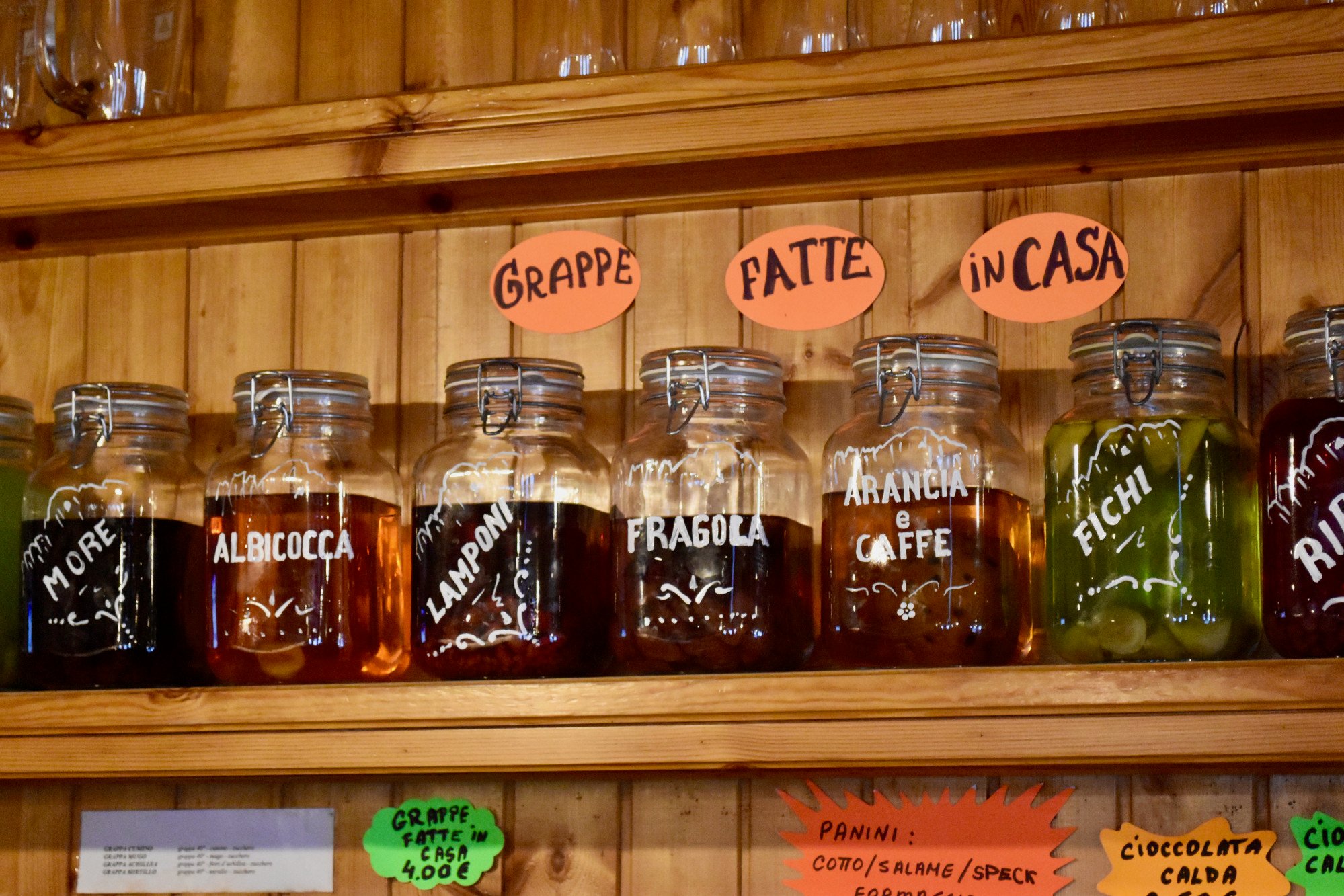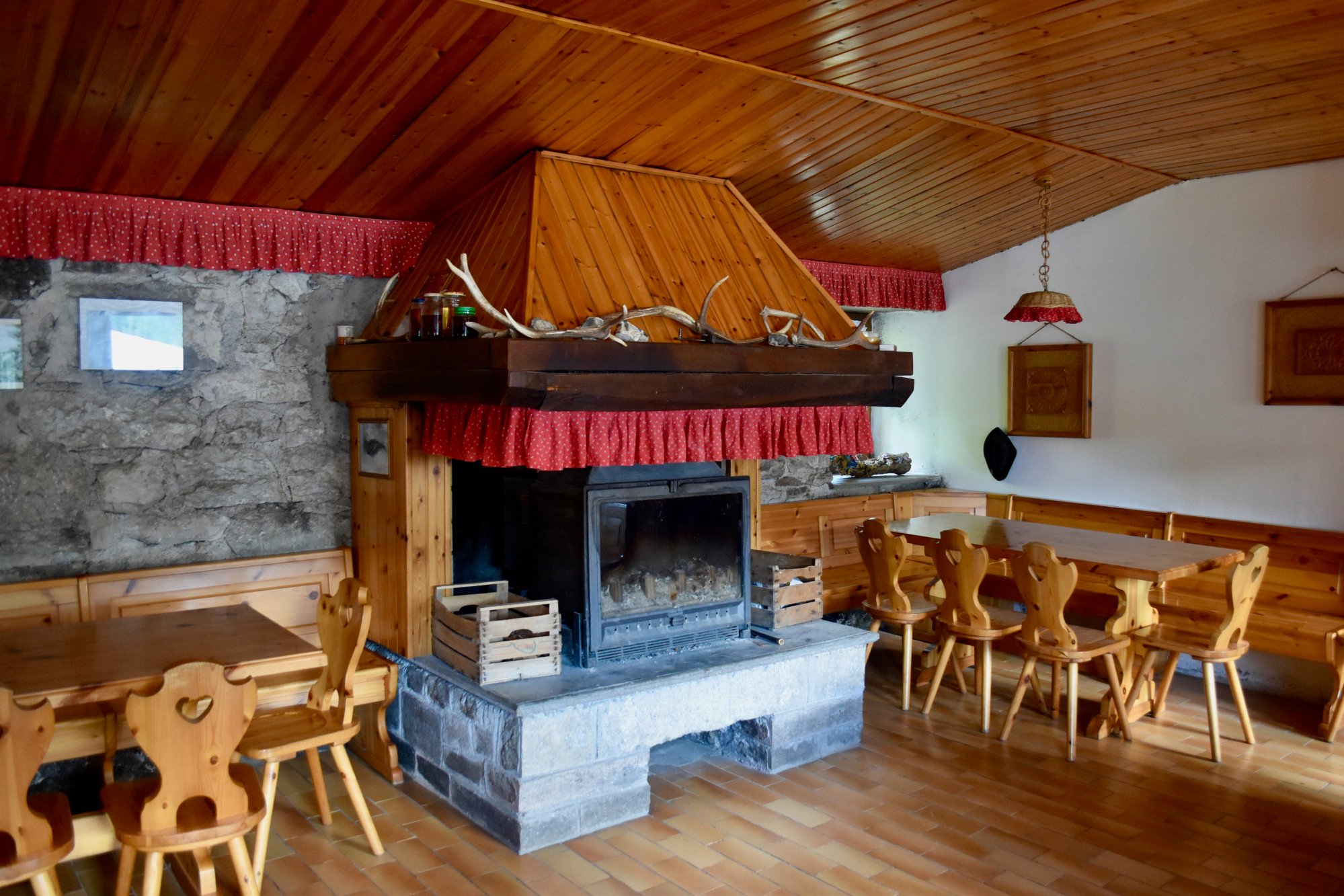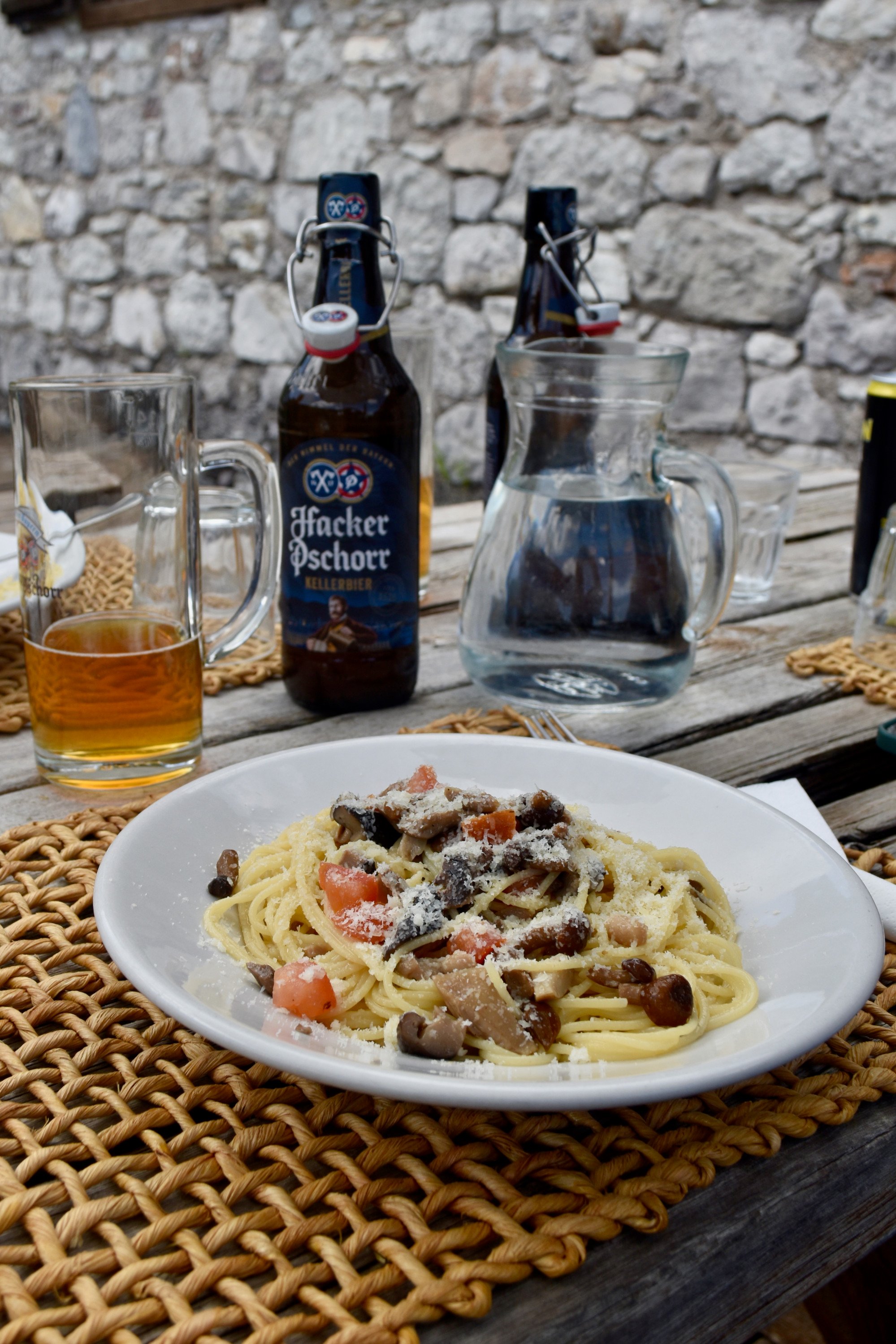It is the kind of beauty that is almost painful to behold, that makes the heart soar but the breath catch. Perhaps it is because time here is etched in aeons and the magnificence forces us to confront our insignificance.
The Alps were formed when the continental plates of Europe and Africa collided; the mountains we are walking through, part of the Southern Limestone Alps, were the coral reefs of a tropical sea millions of years ago.
Is walking a miracle cure? A hiker’s health turnaround after long hikes
Is walking a miracle cure? A hiker’s health turnaround after long hikes
We are hiking Alta Via 1 (AV1), the classic 125-kilometre (78-mile) high-level public footpath that is known as the easiest route through the Dolomites, and one that offers some of its finest scenery.
The trail, open from mid-June to mid-September, runs from Lago di Braies southwards to La Pissa and takes between seven and 12 days to complete.
My three friends and I could spare only a week, so we took the ski lifts up from the resort town of Alleghe, with its traditional wood buildings clustered around a lake, and joined AV1 about halfway along.

As the cable car bounced us ever higher and closer to the immense grey massif of Monte Civetta (3,220 metres/10,560 feet), our exhilaration grew.
We were already in the clouds when we reached just under 2,000 metres altitude, and found ourselves in a meadow dotted with orange lilies, bright yellow buttercups, purple rampions and delicate dandelions.
The paradisiacal scenes keep coming as we walk, with glimpses of the rock walls ahead as the clouds continue to build.
Forget street food – why hiking in Taiwan is picking up pace
Forget street food – why hiking in Taiwan is picking up pace
After a couple of hours, when we make it to our first mountain hut, Rifugio Coldai, visibility is only a few metres.
Just a few minutes over a rise behind the rifugio is Coldai Lake. In the thick mist we soon lose the path but just as we are about to turn back, we see the flat sandy beach of the lake, and the water lying still and cold, stretching into the mist. Two of us brave a bracing dip.
We manage to reach the rifugio again just as raindrops begin to fall.

Rifugios offer half board (around €60/US$64 per person per night) in shared rooms as standard, which includes voluminous dinners and often basic breakfasts.
The hut’s dining room, panelled in wood and with cheerful red-and-white-checked curtains, is a cosy space in which to hunker down while a storm thrashes outside.
As we enjoy tea and chocolate cake in front of the log fire, drenched hikers continue to trickle in. After changing into dry clothes, they congregate with us at the shared tables and offer tales of the earlier parts of AV1 that we skipped.
Hike the ‘amazing’ trails in Penang, Malaysia – finally they’re mapped
Hike the ‘amazing’ trails in Penang, Malaysia – finally they’re mapped
After a filling dinner of spaghetti Bolognese, polenta covered in melted mountain cheese and mushrooms, and fruit tart, we head to our room upstairs, a tight space with four bunk beds.
We fall asleep to the sound of rain thudding on the stone tiles of the roof.
The storm has cleared the sky for a spectacular sunrise the following morning. The sky is burning red, then orange and yellow, like molten lava.

The light stretches out spectacularly over repeating peaks, while behind rise the towering walls of the Civetta massif, finally, breathtakingly, in full view.
After a breakfast of bread, ham and cheese, we set off. In the morning sunshine, Coldai Lake looks much smaller than we imagined the night before, and far more spectacular.
The water glows turquoise, reflecting the mountains behind it and their patches of snow.

For the next few days we flank the Civetta massif, walking through vast valleys and over cols of rock.
We climb over rivers of boulders, and up one alarmingly slippery slope damaged in the recent storm that we have to navigate almost on all fours.
In low-lying plains we pass smallholdings and their handsome grey cows with metal bells that clang melodically as they graze, and small flocks of wiry sheep.

We rest in meadows, taking off our boots and feeling the grass between our toes. We are surrounded by wild pink roses, rhododendrons and purple lanterns on long threads that drape over trees like fairy lights.
At the red-shuttered Rifugio Vazzoler, I learn the names of some of the blooms from the rare flower garden, which I walk around with a Canadian hiker in her late sixties who is attempting the full AV1 with her 72-year-old partner.
Of those we stay in, Rifugio Carestiato feels the most Tyrolese – the Dolomites border Austria’s Tyrol state – with its mushroom knödel (dumplings) and apple strudel (layered pastry), which are more often associated with Austrian cuisine.
Son revives Japanese mountain trail to fulfil father’s dying wish
Son revives Japanese mountain trail to fulfil father’s dying wish
On day four, we meet drizzly weather, and the inclines and descents of the last few days plus the thin mattresses at night leave us at our least cheerful.
We arrive at Rifugio Pramperet to a muted reception, matched by a basic room, a shower that floods and toilets with missing seats.
We play card games and sample local grappa flavoured with herbs and flowers to bolster our spirits.

The next day, the scenery begins to change. We leave the Civetta massif behind for the wider spaces of the Dolomiti Bellunesi National Park.
As we climb higher, I begin to feel increasingly uneasy. As we near the top, the path becomes difficult to see among the rocks.

We reach the top of the ridge and take a wrong turn, following a very steep slope down the other side.
After edging down about 15 metres carefully on our rears, we see that our route leads directly over a cliff. There is only one way to save ourselves: climb straight back up the way we have come, clinging to tufts of grass, praying that they hold us.
When we reach the top again, we sit, shaking.
‘Be patient, slow down’: biking up monster Tour de France climb in the Alps
‘Be patient, slow down’: biking up monster Tour de France climb in the Alps
Gathering ourselves, we check the GPS and see the path follows the top of the ridge, with plunging sides to right and left.
We clamber using our hands up over the rocks, trying not to look down. When the ridge widens out to a flat summit, we flop to the ground, letting the adrenaline subside.
Ahead lay jaw-dropping scenes of the national park.

Marmots whistle as we enter a giant valley, and the more humid air here attracts bright butterflies that gather around puddles and even land on our arms, to lick salt from our skin.
The final descent to Rifugio Pian de Fontana is a knee-busting zigzag down a vertiginous slope, the 30 centimetre-wide (one foot-wide) path in places outfitted with a steel rope to hold on to.
At the rifugio, we sit under the umbrellas on the terrace, moving only to watch supplies being delivered by a motorised pulley from two kilometres down in the valley below.

Dinner is a particularly festive affair in the cosy wooden dining room, with most hikers, like us, completing their route the following day.
After excellent pasta, rich warming vegetable soup and small glasses of indulgent chocolate liqueur we head to our bunks, for the first time in a shared dormitory of about 20 beds.
Within half an hour, everyone is asleep, some snoring heartily.

And now Pian de Fontana lies behind us. We have one last glimpse from the top of the final ascent of AV1 before the 1,400 metre drop in elevation that will return us to civilisation.
I want to drink in the view longer, but we have 19 kilometres to go and a bus to catch back to Alleghe to fulfil bookings at our hotel’s spa.
AV1 may be considered the least challenging route through the Dolomites but it is no easy ramble, nor is it for the faint of heart. The dizzying drops and aching legs are, however, compensated for by the staggering beauty.
It is a place that humbles, reminding us that far from conquerors, we are just brief visitors. Our time here is a gift not to be squandered.
